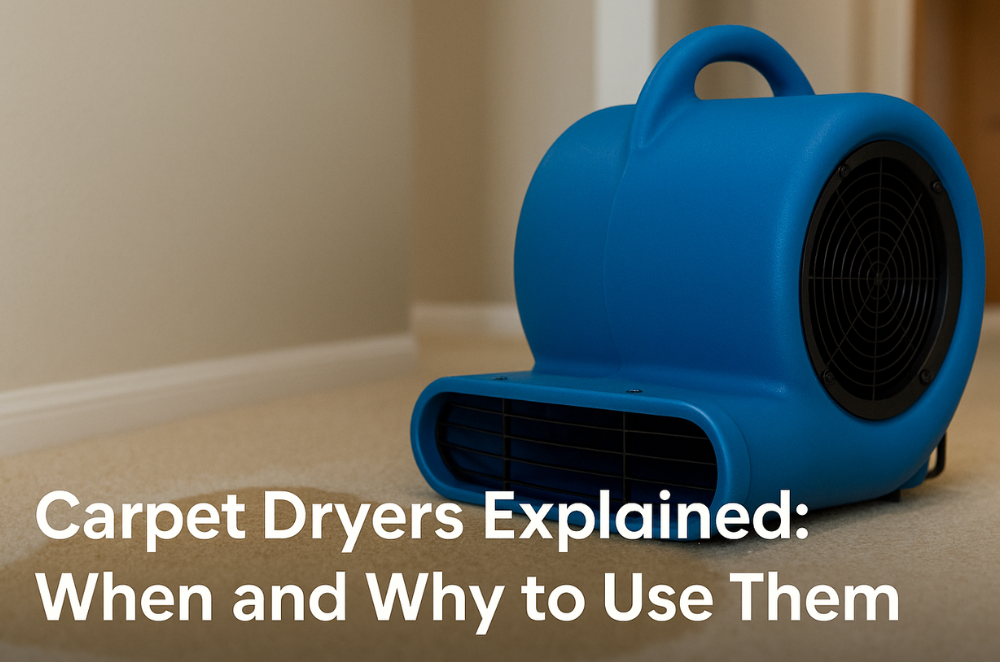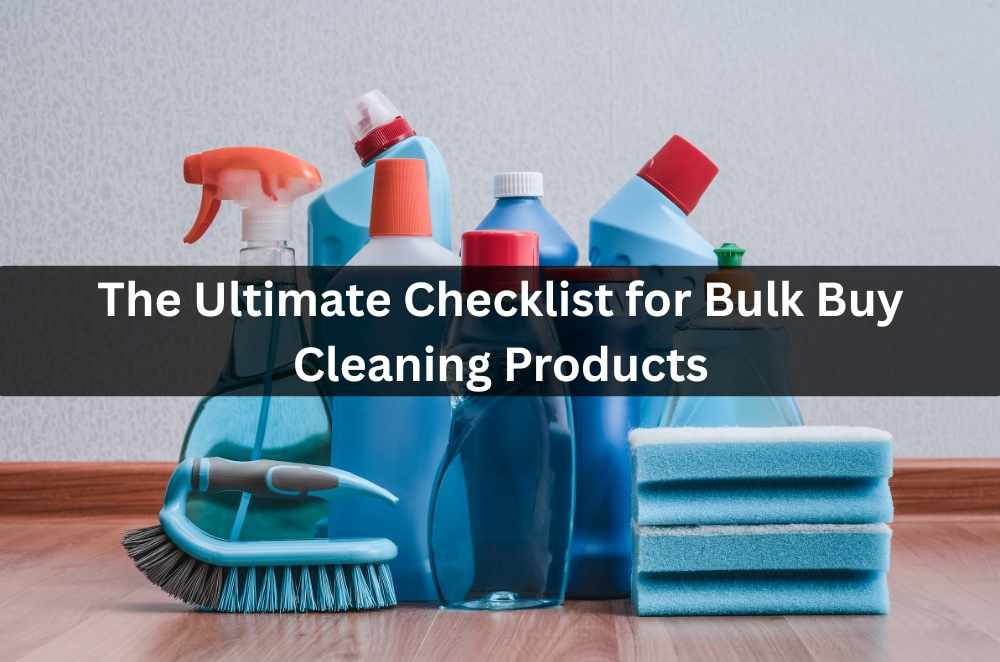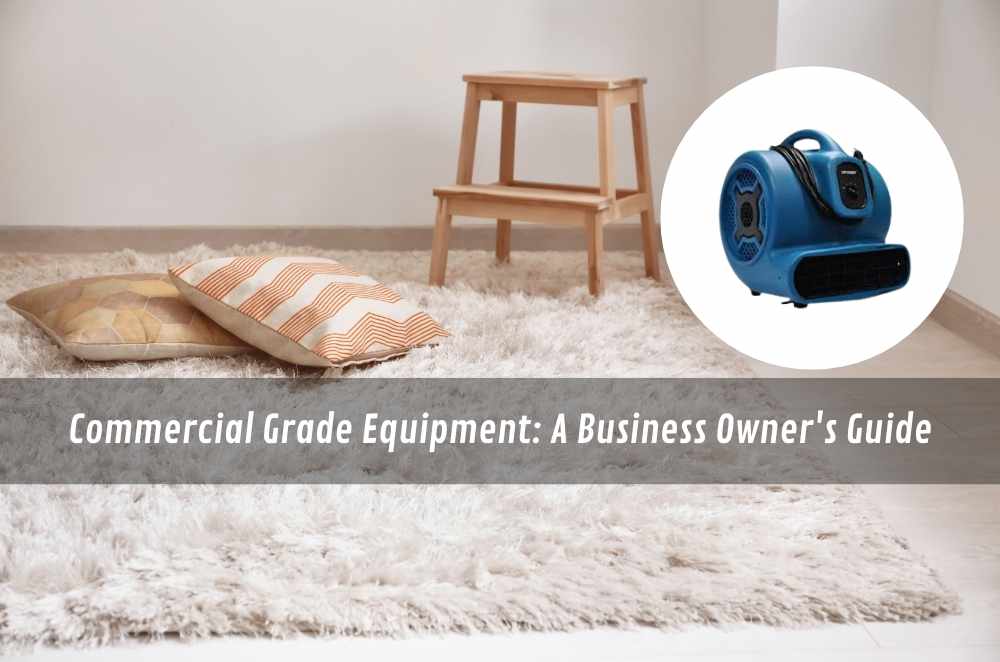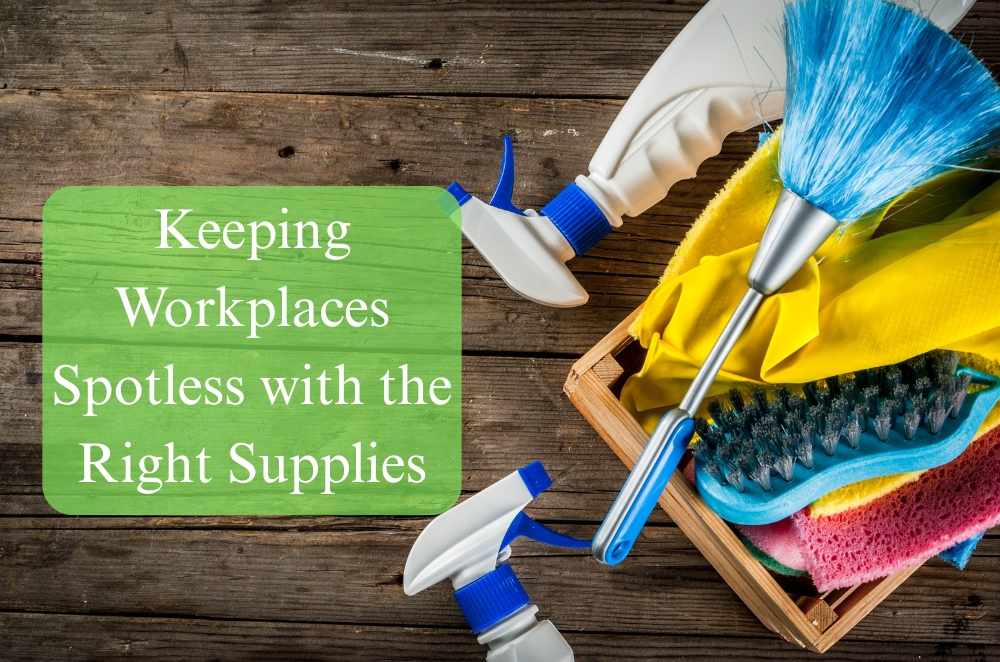
If you've ever walked across a soggy carpet hours after cleaning, you already know the answer. Carpet dryers aren’t just industrial tools; they’re time-savers, mould-preventers, and essential gear in both commercial and domestic cleaning.
When I first started managing rental turnovers for a local property group, I underestimated how long deep cleaning could throw off schedules. Then I discovered commercial carpet dryers, and things changed. Jobs finished faster. No damp smell lingering in the air. And more importantly, no callbacks from tenants complaining that their furniture legs left rust marks on moist floors.
So, what exactly are these machines, and when should you use one?
How carpet dryers work
Carpet dryers (also known as air movers) work by directing a concentrated flow of air across surfaces. This airflow speeds up the evaporation process, helping carpets, floors, and even walls dry more efficiently after cleaning or water damage.
There are a few core types:
Axial Air Movers: Push air over a broad area — great for large rooms or flood cleanup.
Centrifugal Dryers: Provide high-pressure air in a concentrated spot, ideal for tight corners or dense carpets.
Low-profile Models: Designed to slide under furniture or fixtures where air circulation is limited.
Most models are stackable, lightweight, and include variable speed settings, making them flexible for tradies, cleaners, and even homeowners doing large-scale DIY.
When is the best time to use a carpet dryer?
There are two major reasons to pull out a carpet dryer:
1. Post-Cleaning Drying
Any time you wet-extract carpets — either via steam or shampooing — you need them to dry fast. Leaving moisture in carpet fibres:
Traps odours
Attracts dust and pollutants
Encourages mould growth (especially in humid months)
2. Flood and Water Damage Recovery
Whether it’s a burst pipe or storm runoff, water under the carpet can ruin flooring, underlay, and even subfloor structures. Using air movers immediately after extraction limits:
Mould risk
Floorboard warping
Structural damp
Even in winter, fast drying matters. According to the Australian Government’s energy-efficient winter cleaning guidelines, heat retention and moisture control are key to indoor comfort and energy use. Dry floors = warmer rooms.
When not to use one
While they're handy, there are scenarios where carpet dryers might not be the best move:
Old or fragile carpets: Too much airflow may fray fibres or disturb backing.
Area rugs on wood floors: Without a buffer, airflow can dry out timber sealants unevenly.
Poor ventilation: If a room is sealed tight, dryers can circulate damp air — use alongside dehumidifiers or with a window cracked open.
Choosing the right model for your needs
Depending on your business, property, or cleaning routine, your needs will vary.
For commercial cleaners:
Stackable centrifugal dryers with adjustable angles are ideal.
Look for machines with daisy-chain outlets (you can run several from one power source).
For homeowners:
Compact axial fans are often sufficient.
Consider noise levels — not all are quiet enough to run overnight.
For restorers or tradies:
You’ll likely need industrial-grade units with high CFM (cubic feet per minute) ratings and sealed motors for durability.
Some models now offer energy-saving modes and programmable timers, worth considering for multi-day drying.
My real-world experience: flood panic and fast recovery
Last winter, a client called me in a panic. Their basement office had flooded after a severe downpour, and the carpet was soaked. We arrived with two centrifugal air movers, some absorbent padding, and a wet vacuum.
After removing the bulk water, we ran the dryers for 48 hours on low tilt. I checked in 24 hours later — the carpet was dry to the touch, the air smelled clean, and there wasn’t a trace of mildew. The client couldn’t believe it.
They were prepared to rip everything up. Instead, we salvaged the entire space using targeted airflow.

How carpet dryers save money in the long run
Time is money — especially in cleaning and trades. A single dryer may cost a few hundred dollars, but the savings in call-backs, rework, and client complaints? Massive.
Think about it:
Faster drying = quicker turnaround = more jobs per week
Less moisture = fewer mould-related risks (and no health liability)
Happier tenants/customers = repeat bookings
That’s why many cleaners now bundle equipment with bulk supply orders. When evaluating wholesale cleaning supplies, it’s worth asking: Does this include airflow tools?
Tips for using carpet dryers more effectively
Here’s what I’ve learned over time (through plenty of mistakes):
Always angle the fan: Position it to blow across, not directly down on the carpet to avoid uneven drying.
Don’t skip corners: Use smaller models or air wedges to cover tricky spots under furniture or along walls.
Use in tandem: One dryer is rarely enough. Use multiple facing different directions to create a crossflow.
Keep doors open if possible: Encourage ventilation, especially in closed rooms.
And always plug into a surge-protected circuit. Learned that one the hard way when two of ours tripped a client's safety switch mid-job.
Smart buying: where sourcing matters
While budget-friendly units exist, they often lack power or longevity. If you're outfitting a team or working professionally, you’ll want units that are:
Durable and rated for daily use
Backed by warranty or spare parts access
Suited to your drying surface types (carpet vs tile vs timber)
If you're already sourcing bulk cleaning products in Australia, it makes sense to review your equipment list too. A mismatched or underpowered dryer will just slow you down.
Final thoughts: timing is everything
You don’t need to use a carpet dryer every single time, but knowing when to reach for one can save you hassle, money, and time. Whether you're recovering from a flood, finishing an end-of-lease deep clean, or preparing a winter-wet property for sale, airflow is your friend.
Carpet dryers aren’t just “extras” — they’re essential tools for fast, clean, and professional results. The right one might be a one-time buy, but it'll rescue you in more situations than you think.








Write a comment ...